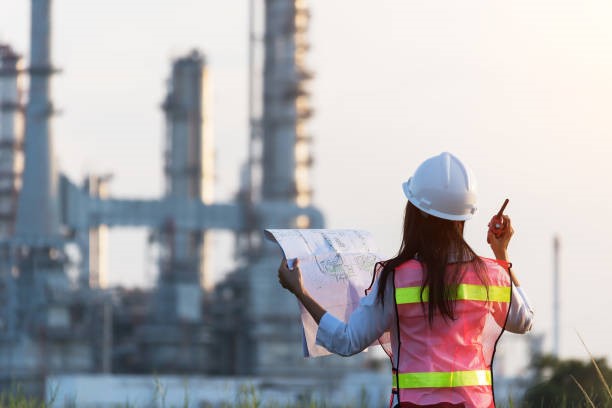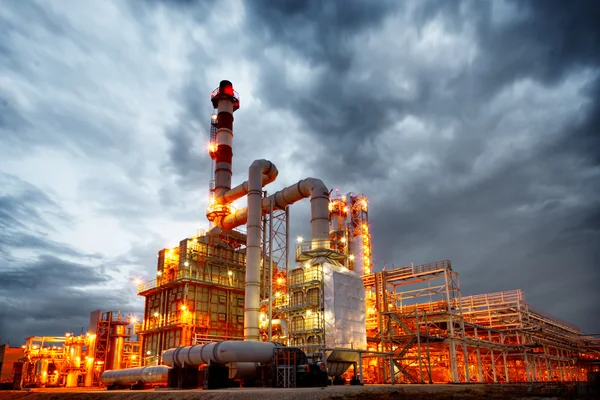The net positive effect of Artificial Intelligence (AI) in oil and gas and a sizeable number of other industries is indisputable — its ability to augment creativity, innovation and efficiency in the 21st century is unprecedented. Industries are progressively adopting AI to improve on operational and management processes, streamlining them for cost-effectiveness and to reduce the likelihood of human error.
Former approaches to organisational procedures within industries are quickly being outmoded and replaced with rapidly changing technological advances and firms are recognising the shift towards AI as the norm.
The rising demand for automation and remote monitoring resulting in the pivoting to AI for oil and gas industries can be attributed to increasing costs, shortage of skilled labour and concerns about unsustainable practices. While programming software for AI to automate tasks on different levels of the value chain is productive and functional – the end goal for the applications of AI is to create completely new processes for businesses in the long term.
What is Artificial Intelligence?
AI is the replication of human intellectual functions using machines, particularly computer systems. Commonly, what people refer to as AI points to machine learning, which is a subset of what it truly comprises, the concept that computer systems are able to comprehend, analyse and adapt to new information in the absence of human interference. This is with the help of deep learning, enabling automated processing of large amounts of unstructured data.
In a nutshell, AI performs tasks, digests the outcomes and modifies its follow-up actions to yield a more optimal result. This is the reason why industries that adopt these technologies ahead of competitors are likely to be more successful than others that are resistant to change.
So what are the applications for AI in the oil and gas industry?
Use Cases for AI in the Oil and Gas Industry
The undeniable effect of AI on every aspect of the production line is gradually getting recognised by the industry. The use of AI can help to address some of the biggest safety problems on-site today. Successful applications of AI in downstream oil and gas processes will stand out from other organisations that are less knowledgeable about the conditions of their reservoirs, operational procedures and generating assets.
Organisations also face heavy fines if workers fail to follow safety procedures. Machine learning programs can help to greatly reduce instances of such incidents. AI has the ability to perform a much more thorough job of identifying employees who may be breaching the safety protocols, thereby evading the associated fines from authorities.
Thus, deploying AI networks and software in oil and gas factories is definitely beneficial and practical for companies as workers are highly susceptible and vulnerable to a large array of workplace accidents.
Future-Proofing with AI in Oil and Gas
Smart remote monitoring is a huge step forward towards safety in the oil and gas industry and it is made possible with AI video analytics — constructing seamless processes in production while reducing labour costs and being more environmentally sustainable.
One manner in which video analytics can be useful is by detecting leaks in tanks and pipelines. Oil and water tank and pipe leaks can result in costly breakdowns, delays in production and soil pollution. Automation and early detection take precedence, especially in the case of gas leaks, as they can be almost imperceptible to the human eye and pose a serious hazard to the safety of workers and the serviceability of machinery.
Using a variety of ready-to-use camera solutions, AI video analytics enables oil and gas production operators to automate remote asset monitoring while also increasing reliability with cutting-edge hardware and software, effectively monitoring machinery around-the-clock to prevent any mishaps.
Furthermore, video analytics are also able to monitor tank levels more effortlessly than traditional human operators. Tanks are a significant part of crucial infrastructure for the production of oil and gas in a factory. It is immensely difficult for operators to constantly examine the levels of the tanks to identify overloading and shortages and promptly respond to changes.
Thermal imaging cameras coupled with AI systems, on the other hand, are able to monitor tank levels safely and with immediacy when faced with improper volumes within the tank without needing to physically assess the issues.
Reap Long-Term Safety and Cost Benefits with AI
Technological approaches utilising AI to improve oil and gas operations — making them safer and more efficient — are being developed in all aspects of the production line. AI solutions that may seem costly currently are able to yield returns in the form of safety and cost-savings in the long term.
Organisations and their progressive adoption of AI in the oil and gas industry promote a movement towards big data analytics, operational efficiency, better services, being more attractive to environmentally-conscious clientele and lower prices for both consumers and suppliers.
Learn more about how your company can take the first step towards improving the safety of your oil and gas workplace with Invigilo Safekey AI video analytics today. Contact us here today.
Written By:
Samuel Yeung
Copywriter

